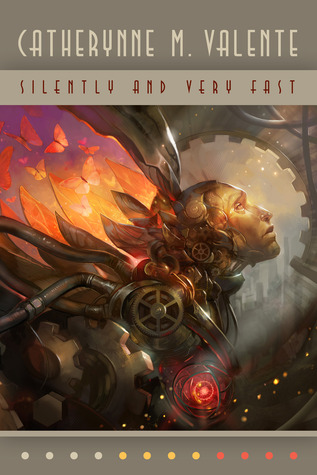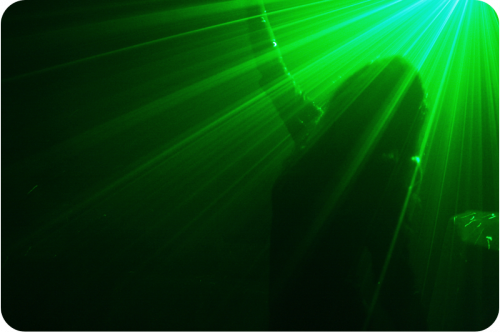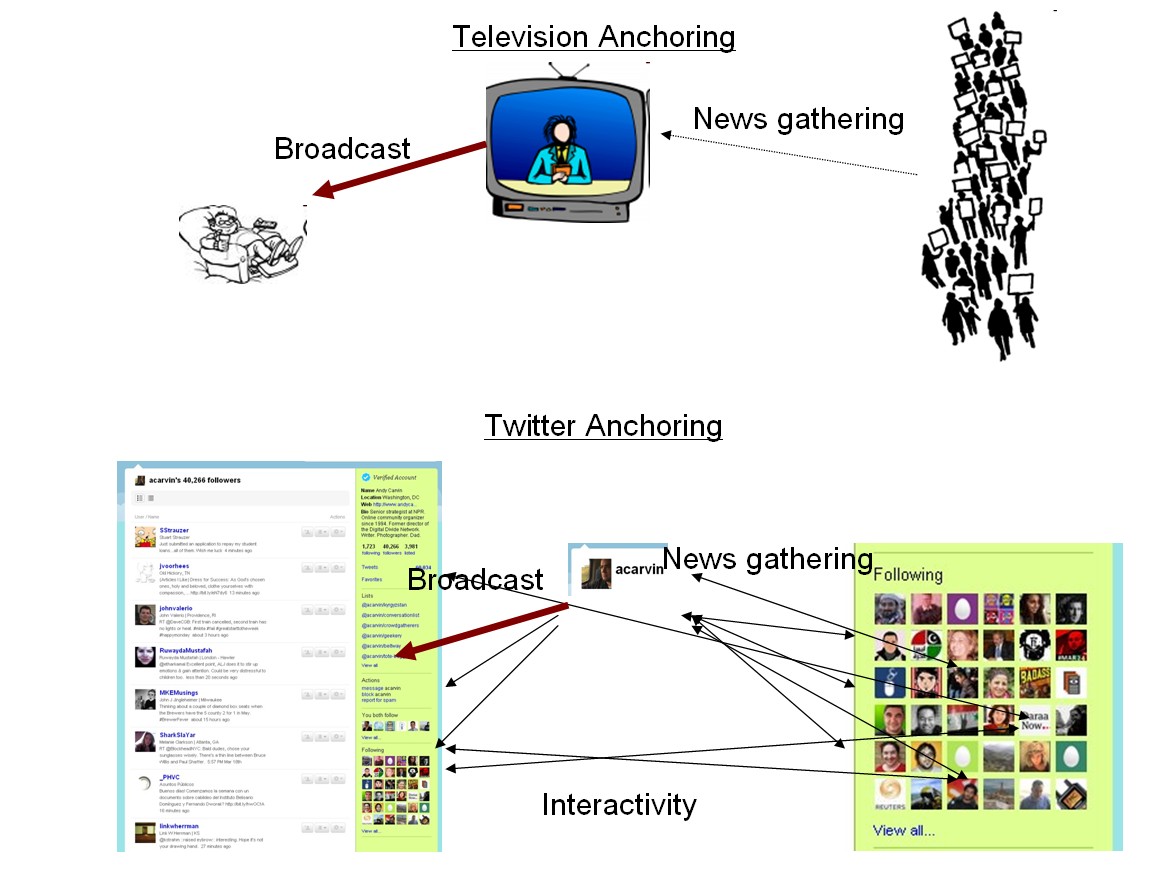I want to start out by saying that “liberatory” is not in the standard OS X spell check dictionary. There aren’t even spelling suggestions. It is totally foreign. I think that’s telling. Also, our blog’s CSS prevents us from giving our entries long titles. The Title is part of the story, so let me put it in a more readable format:
Black Box Tactics: The Liberatory Potential of Obscuring The Inner Workings of Technology
There we go. Now where was I? Oh right, I haven’t started yet. Let me do that: more...










